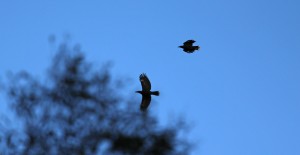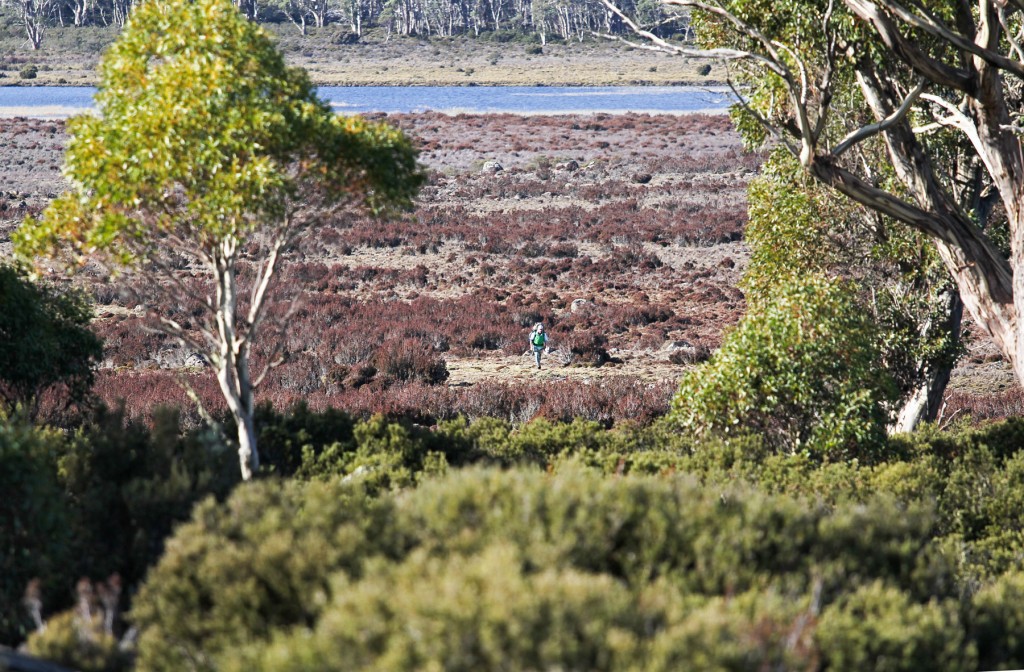Winter Solstice. 4.30pm, and it’s all but dark in the Tasmanian Western Lakes. Currawongs are flocking in mobs, wallabies and wombats are grazing madly on soon-to-be snow covered grasses, and the resident wedge tailed eagles are cruising the plains. If the hair-encrusted devil turds are anything to go by, the hunting has been good this winter.
For us, it’s a time to carry out winter maintenance on our fly fishing camp, check on spawning runs, and look for indications of the season to come: early frog activity, migrations of marsupials and birds to lower altitudes, and already present nooks and crannies of snow. It’s also a great time of the year to huddle around a big fire, share a few smoky ales, and plot out the next season of fishing trips. If the currawong and early frog activity are anything to go by, the start of the season is looking like it will be milder and earlier than normal; during the hard winters, we’ve noticed that the birds of Skullbone Plains migrate down to the 800 metre mark, but this season they’ve stayed up high, around 1050 metres. And the frogs, which often make their first croaky appearances in mid July, are already creaking about the heathlands.
Walking back along the plains, with empty gas bottles and cordless drills stashed in my pack, I’ve spotted a new gully to walk down, leading to a favourite brook trout water. Maybe that will be my opening day trip. What will yours be?
(Thanks to Peter Broomhall for the images)



